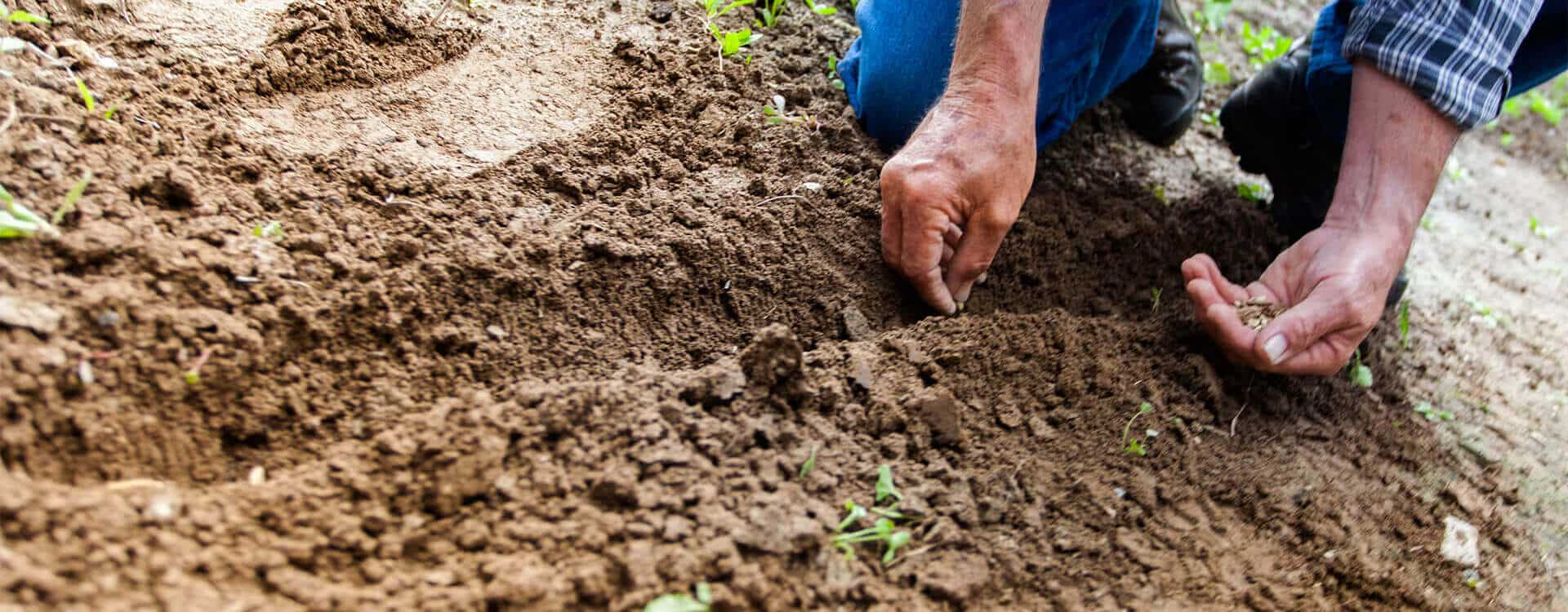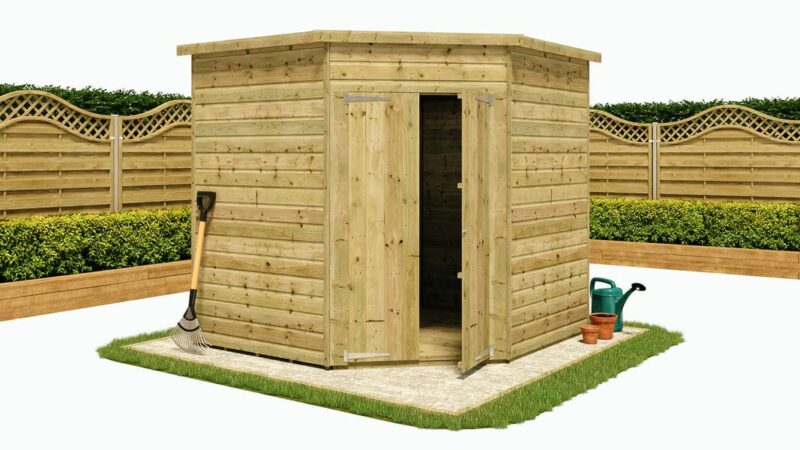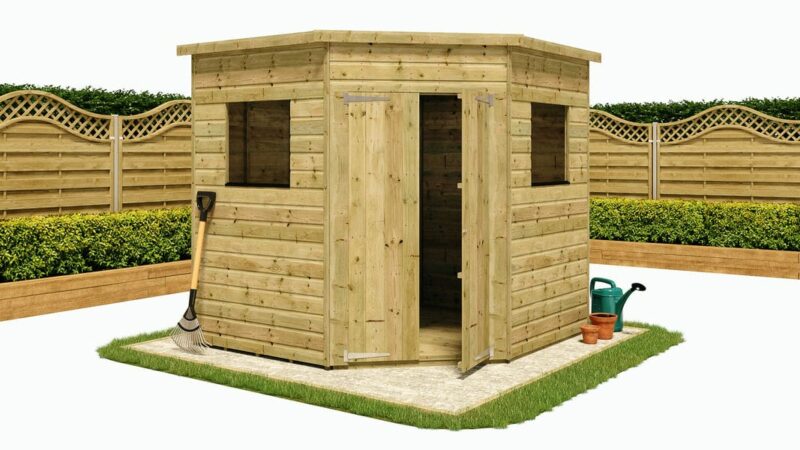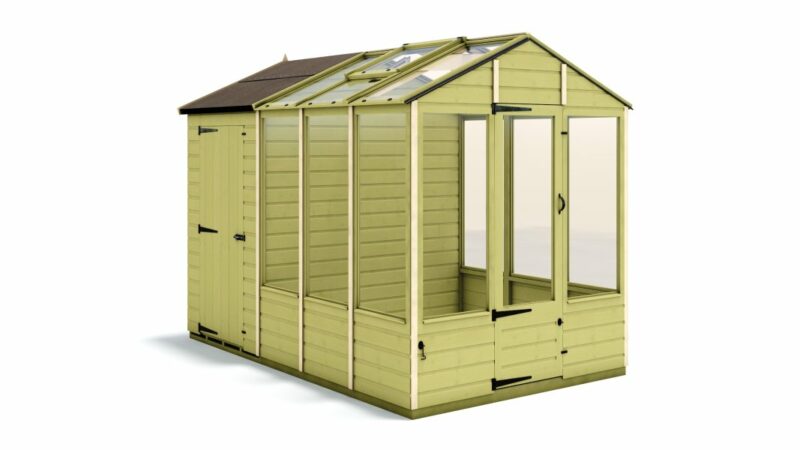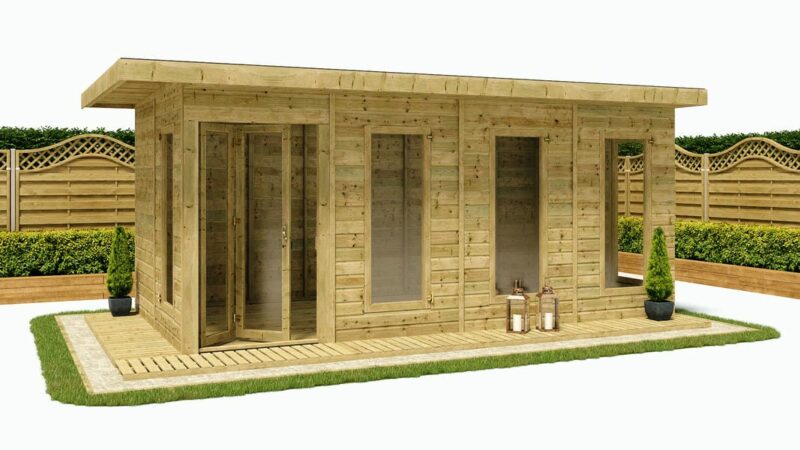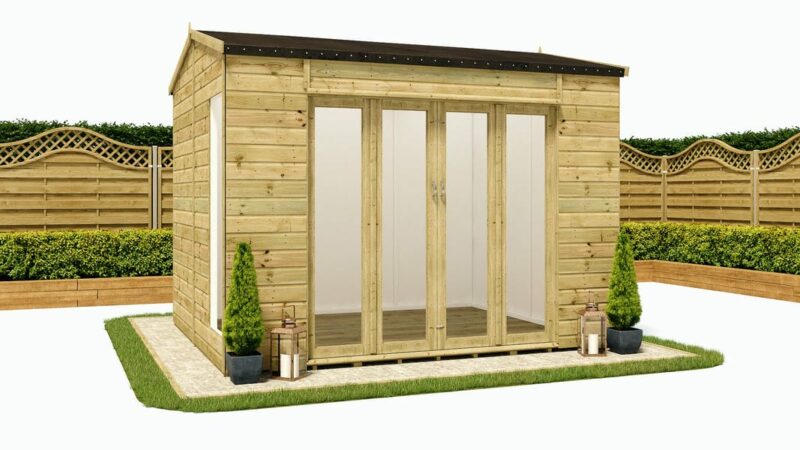Are you new to the world of gardening? Here are 21 tips that every gardener should know!
Tip #1
As you work in your garden, you’ll find that it’s quite difficult to keep dirt from accumulating underneath your fingernails. One handy trick is to run your fingernails across a bar of soap. What this will do is seal your fingernails off so that dirt can’t accumulate beneath them. After you’re done in the garden, simply use a nailbrush to remove the soap. Who knew you could be so clean while working in the dirt!
Tip #2
The line on your string trimmer can jam or even break after constant use. To prevent this from happening, spray the line with a fine spray of vegetable oil before inserting it into the trimmer.
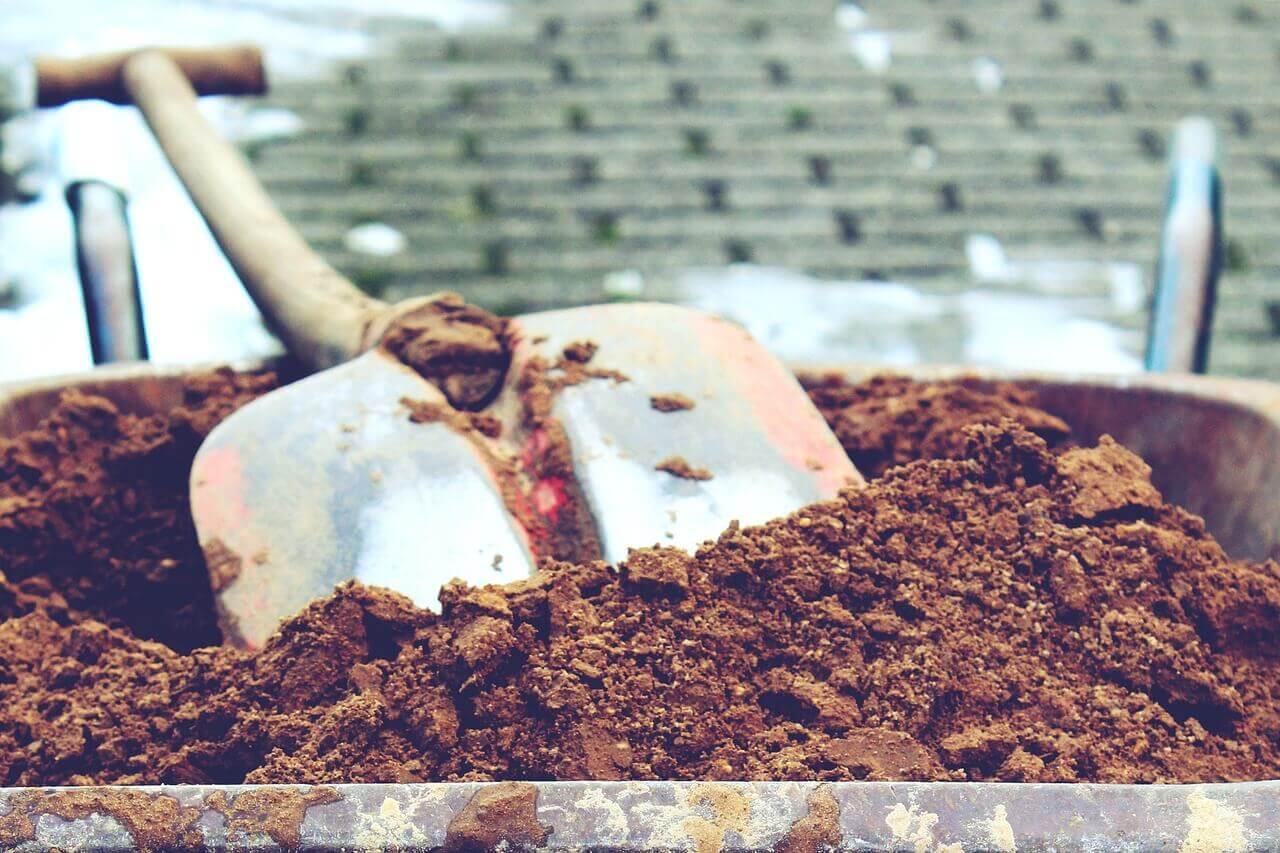
Tip #3
Long handled tools can be used for more than trimming bushes and trees. They can also be used as measuring sticks! You can begin by laying down a long-handled garden tool on the ground and placing a tape measure right next to it. Next, grab a permanent marker and write in inch and foot markers along the handle. This trick is especially useful if you need to space out the plants in your garden.
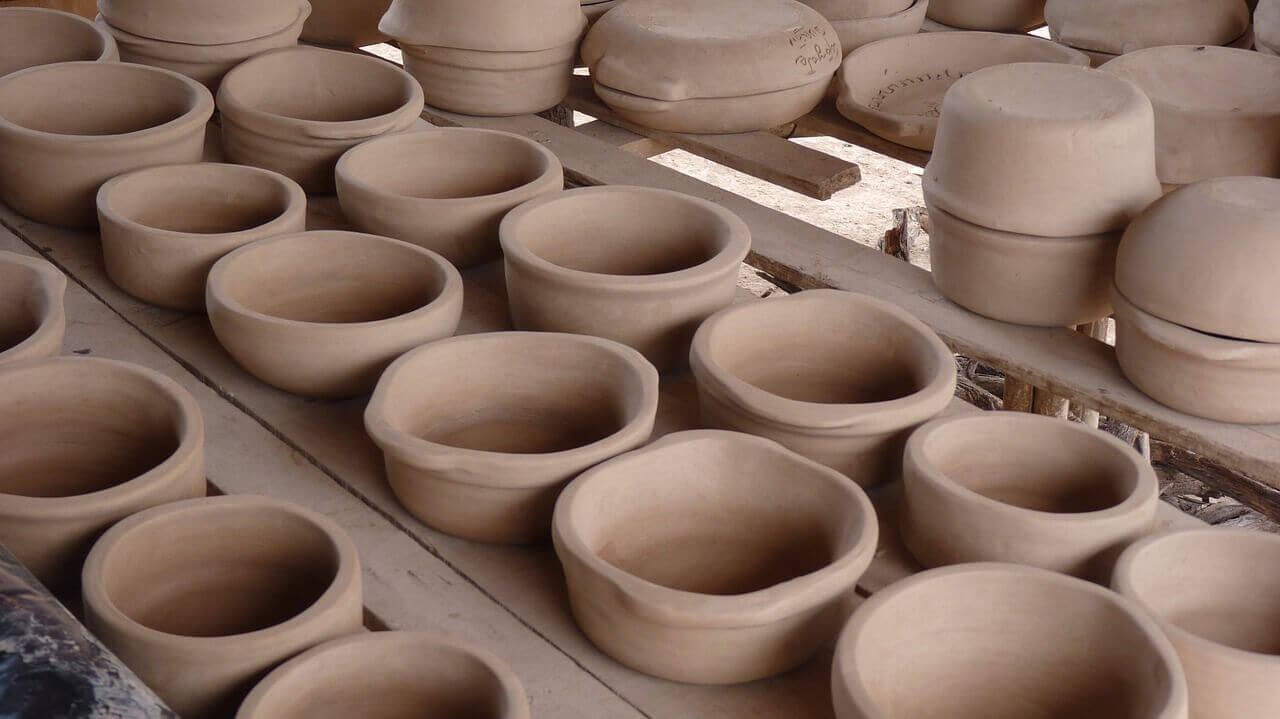
Tip #4
The best way to remove salt deposits that form on clay pots is to combine equal parts rubbing alcohol, water, and white vinegar into a spray bottle. Spray the pot down with your mixture and scrub vigorously with a plastic brush. When the pot dries, it’s ready for planting!
Small clay pots can double as cloches to protect young plants from the rigors of sudden overnight frosts.
Tip #5
Garden twine can be handy from time to time. To have garden twine at the ready, when you need it, anytime you need it, simply stick a ball of twine into a small clay pot and pull the end of the twine through the drainage hole. Now, sit the pot upside down in your garden, and you’ll have twine at your beck and call anytime you’re working in your garden.

Tip #6
Here’s the fastest way to dry herbs: grab a long sheet of paper (such as newspaper) and set it onto the seat of your car. Layer your herbs along the paper and roll up the window. Your herbs will be dried in no time! Furthermore, your car will have a fantastic smell when you’re finished.
Tip #7
Tea time in the garden has never been easier. You don’t need fancy tables or anything of the sort. Your collection of clay pots will do the job just fine. Find a good-sized pot and flip it over. Place a large saucer over the top, and you’ll be good to go. Once you’ve had your fill of tea, you can transform your “table” into a birdbath by filling it with water.

Tip #8
Speaking of tea, why should you drink it all for yourself when you can share some with your garden? It turns out that chamomile tea can be used to control damping-off fungus, which has been known to attack younger plants. The solution is simple: apply just a bit of tea to the soil around the base of the seedlings at least once a week or you can use it as a foliar spray. That should keep that nasty fungus away from your babies!
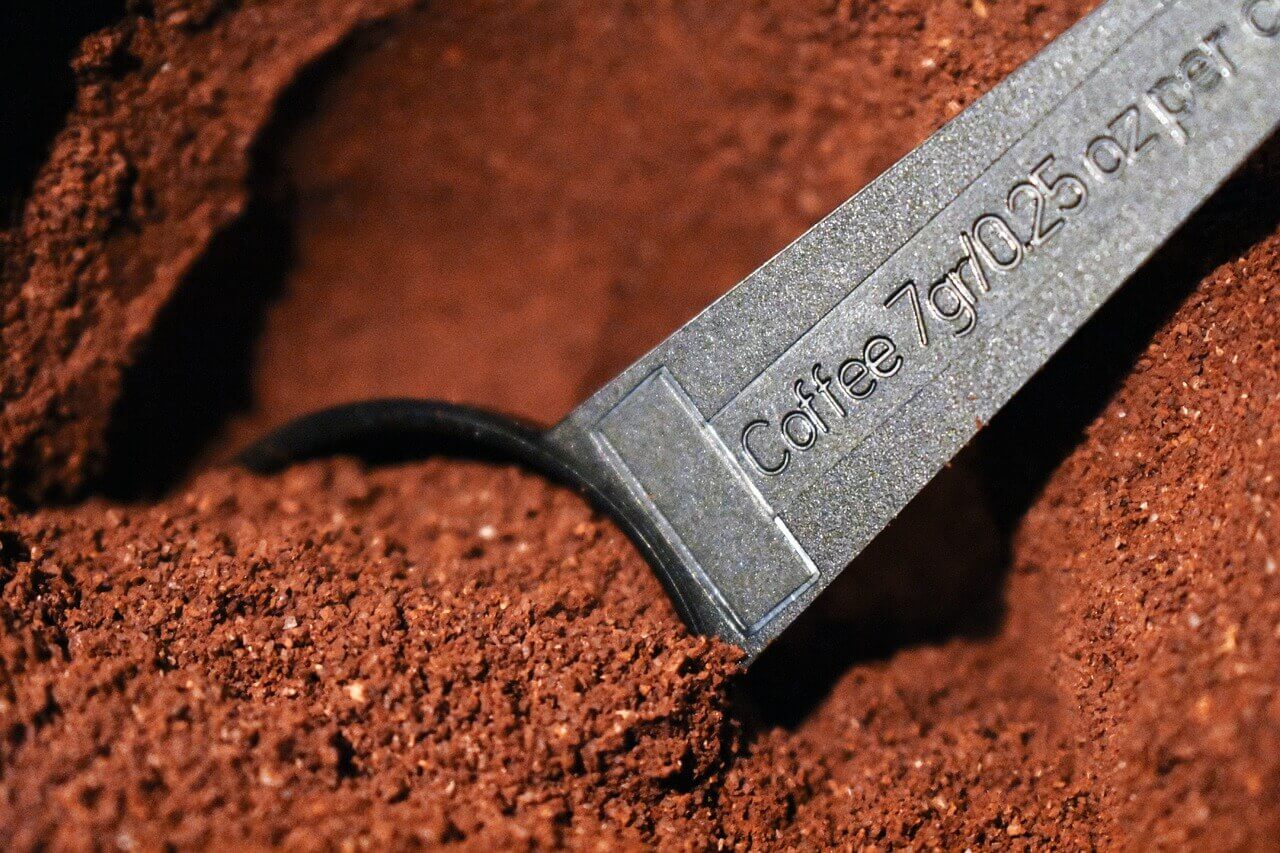
Tip #9
Once again, tea comes to the rescue to keep your garden healthy and strong. Well, tea and its caffeine loving cousin coffee. You can use leftover tea and coffee grounds to acidify the soil of acid-loving plants such as camellias, gardenias, rhododendrons, azaleas, and even blueberries. A light sprinkling of about one-quarter of an inch once a month ought to do the trick. This will be more than enough to keep the pH of the soil acidic enough for your plants to thrive.
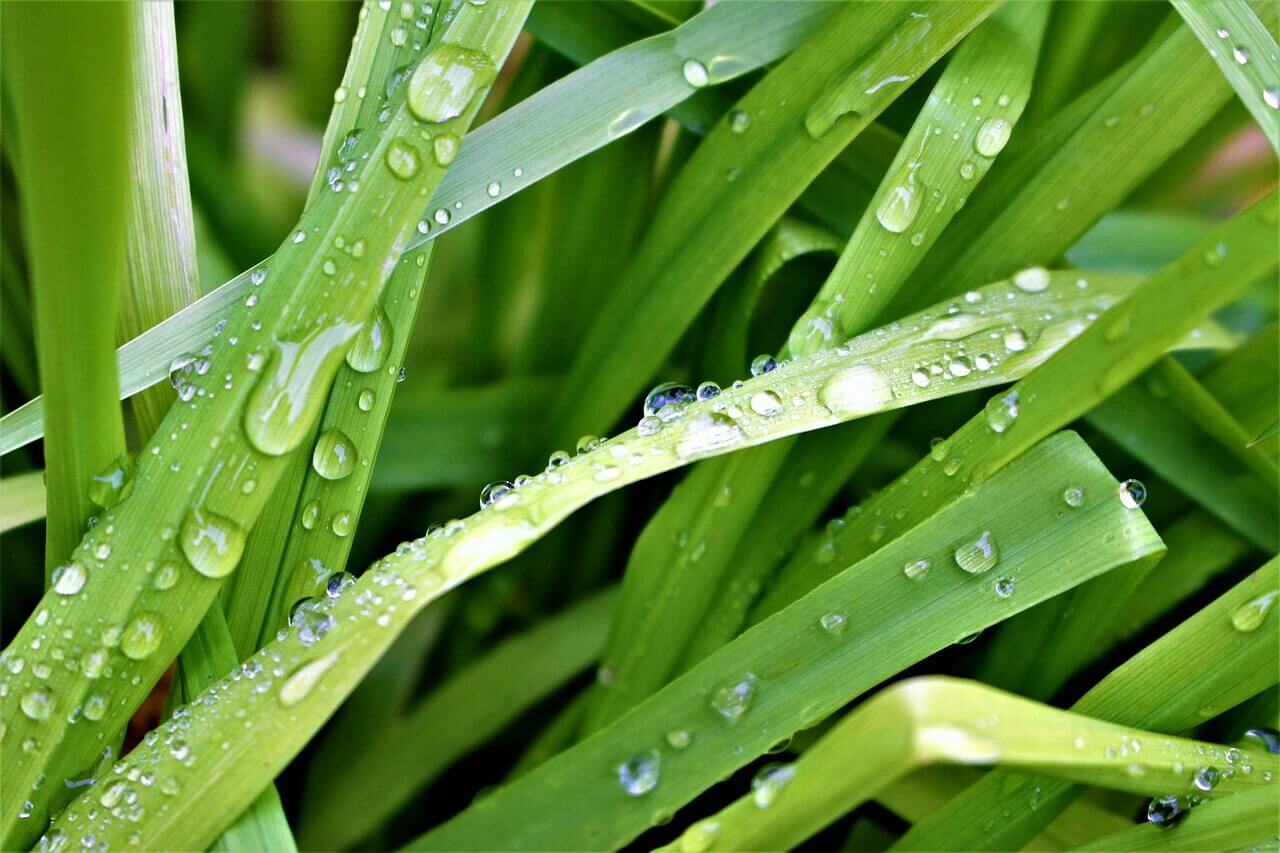
Tip #10
Hopefully, after putting in sufficient time and hard work, your garden will eventually begin to bear fruit…or vegetables, whatever you happen to be growing. If you do grow vegetables and you happen to boil, or steam said vegetables, don’t pour the water down the drain. That would be a massive waste. Instead, use it to water your potted plants. The results might take you by surprise, in a positive way of course.
Tip #11
Your clay pots can double as a hose guide. Simply stab a one-foot (roughly) length of steel reinforcing bar into the ground at the corner of a bed and slid two clay pots over it. One pot must face up, and the other must face down. These guides will allow you to drag the hose along the garden bed without damaging your other plants.
Tip #12
Here’s a hack for all natural plant markers in your garden. Using a permanent marker, write the names of various plants on the flat faces of the stones dotting your garden and place them at the base of your plants.
Tip #13
Aphids have menaced many a garden. Sure, you could always control them with strong blasts of water or insecticidal soap, but here’s a more creative solution: use tape! Grab some tape and wrap it around hand with the stick side facing outward. Now pat the leaves of the plants that you suspect of being infested with aphids. Put an extra emphasis on the undersides of the leaves, because that’s likely where you’ll find an entire family of aphids hiding out.
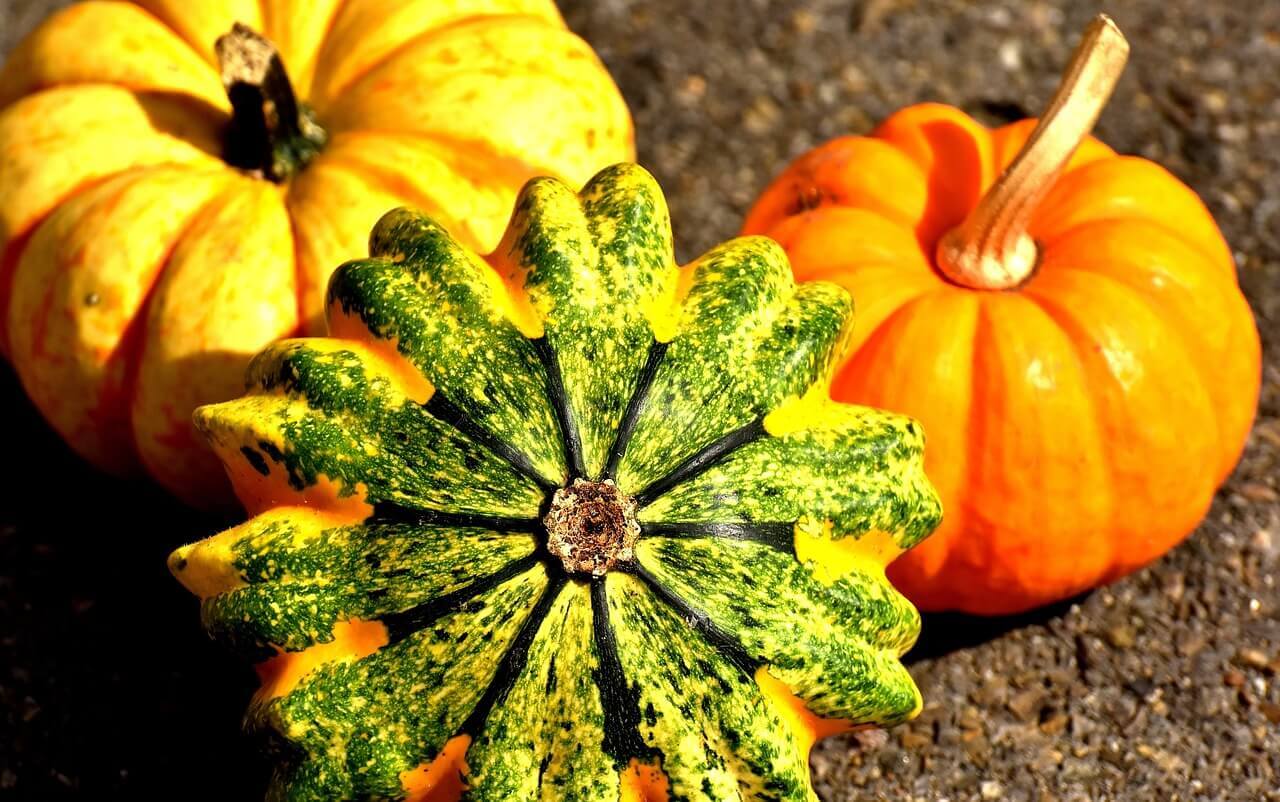
Tip #14
Learn where to strategically place your vegetables in your garden so that they receive 8 hours of direct sunlight every single day. The vast majority of vegetables need full exposure to the sun to grow healthy and strong. If you have a naturally shady area in your garden, you can plant some cool-season crops such as cabbage, radishes, lettuce, and spinach.
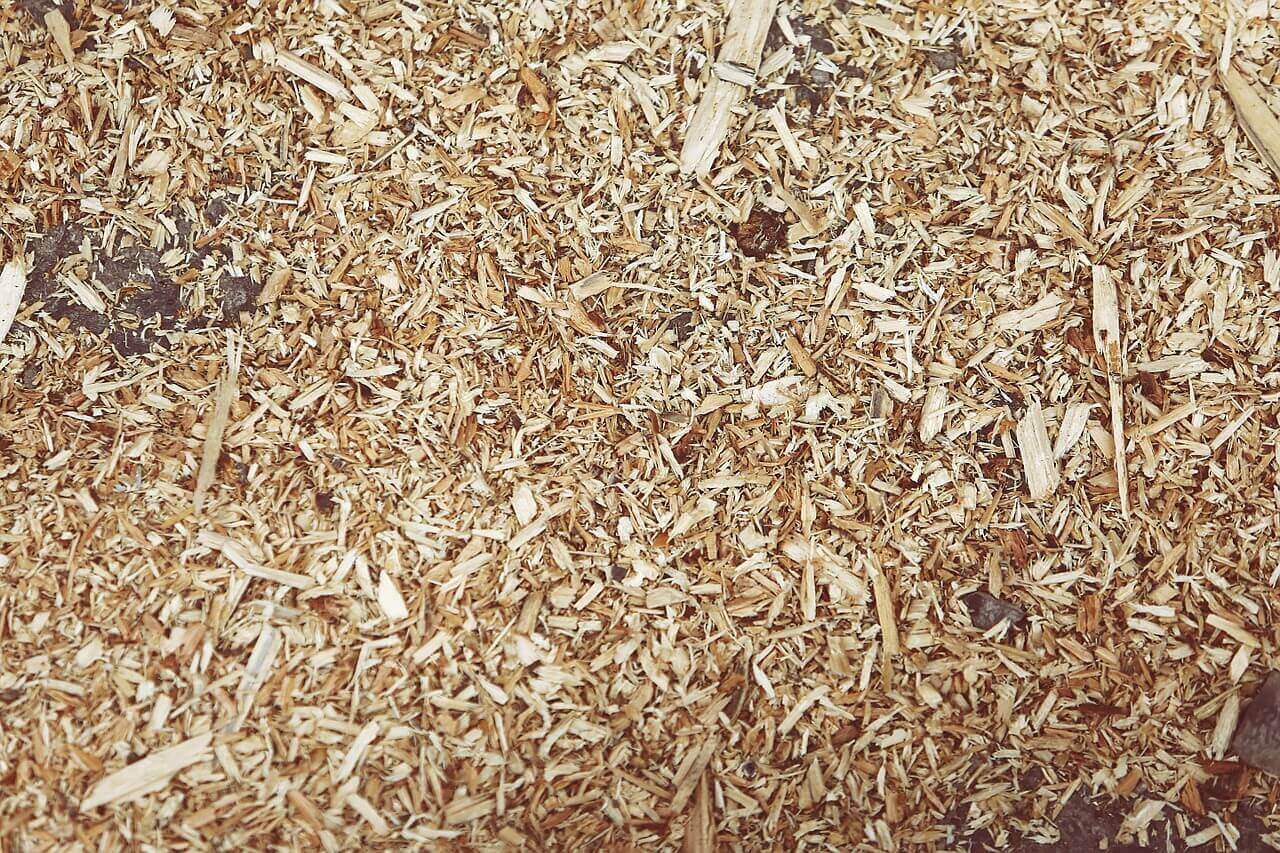
Tip #15
Weeding can be a pain, but it’s most certainly a necessary process. The best way to go about it is to weed and hoe by hand. Deep hoeing may potentially bring weed seeds to the surface of the soil, so you should avoid doing this if possible. Weed as early and often as you can so that weeds don’t go to seed. Mulch is a great way to smother and prevent annual weeds.
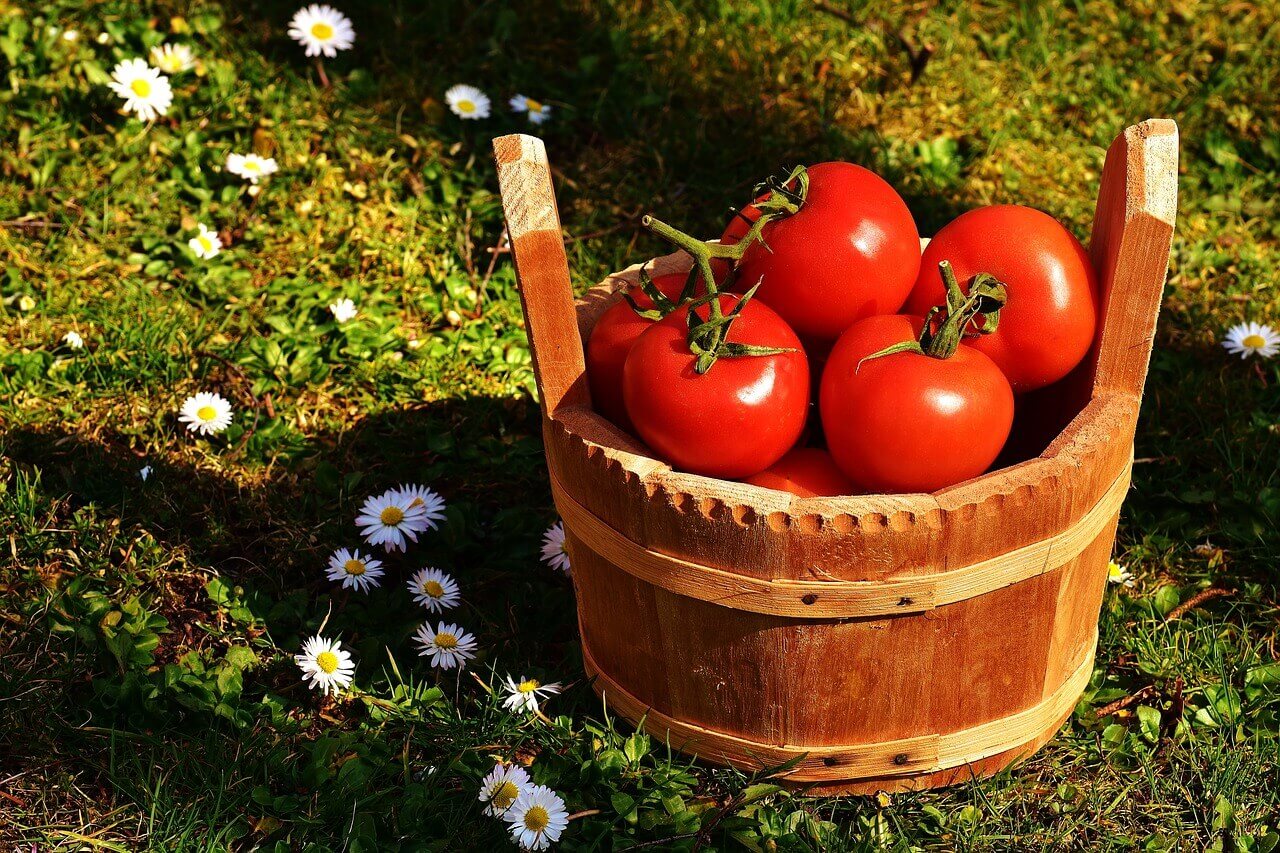
Tip #16
Ripening tomatoes thrive best at temperatures that range between 68-77 degrees. If temperatures shoot past 85 F and beyond, it’ll be too hot for your plants to produce lycopene and carotene, the essential pigments that are responsible for the color of the fruit. At 50 degrees F and below, green fruits won’t ripen. If you notice that your tomatoes are experiencing a bit of a color change, you can bring them inside to finish ripening.
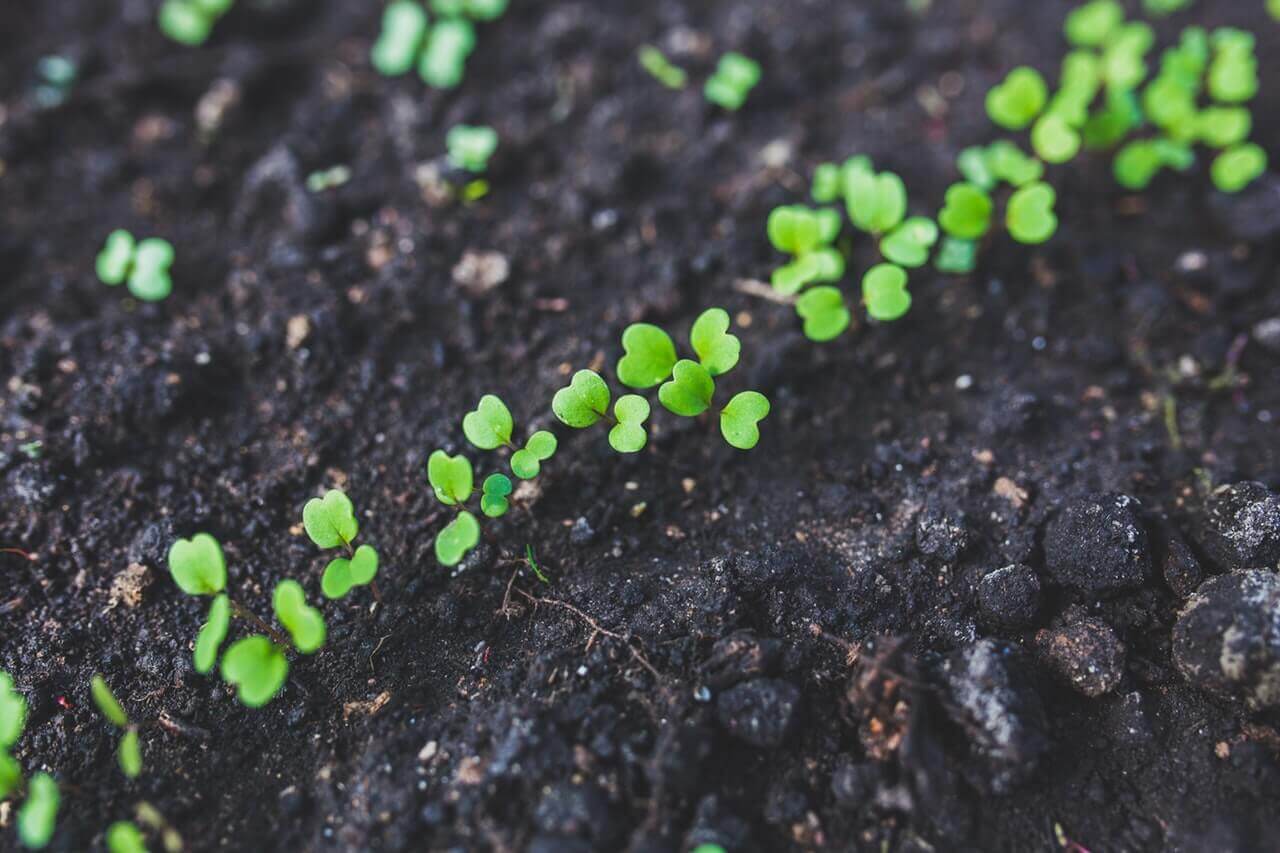
Tip #17
Many people think that fertilizer is the solution to all problems that involve growing high-quality plants. Actually, it’s the quality of the soil that attributes most to plant growth. Organic amendments such as well-aged manure and compost would give your soil the boost it needs to produce healthy plants. The best type of soil structure to work with tends to be crumbly, easy to dig, offers oxygen for plant roots, and accepts water easily. It’s recommended that you only use organic fertilizer, which adds potash, nitrogen, and phosphate to the mix.
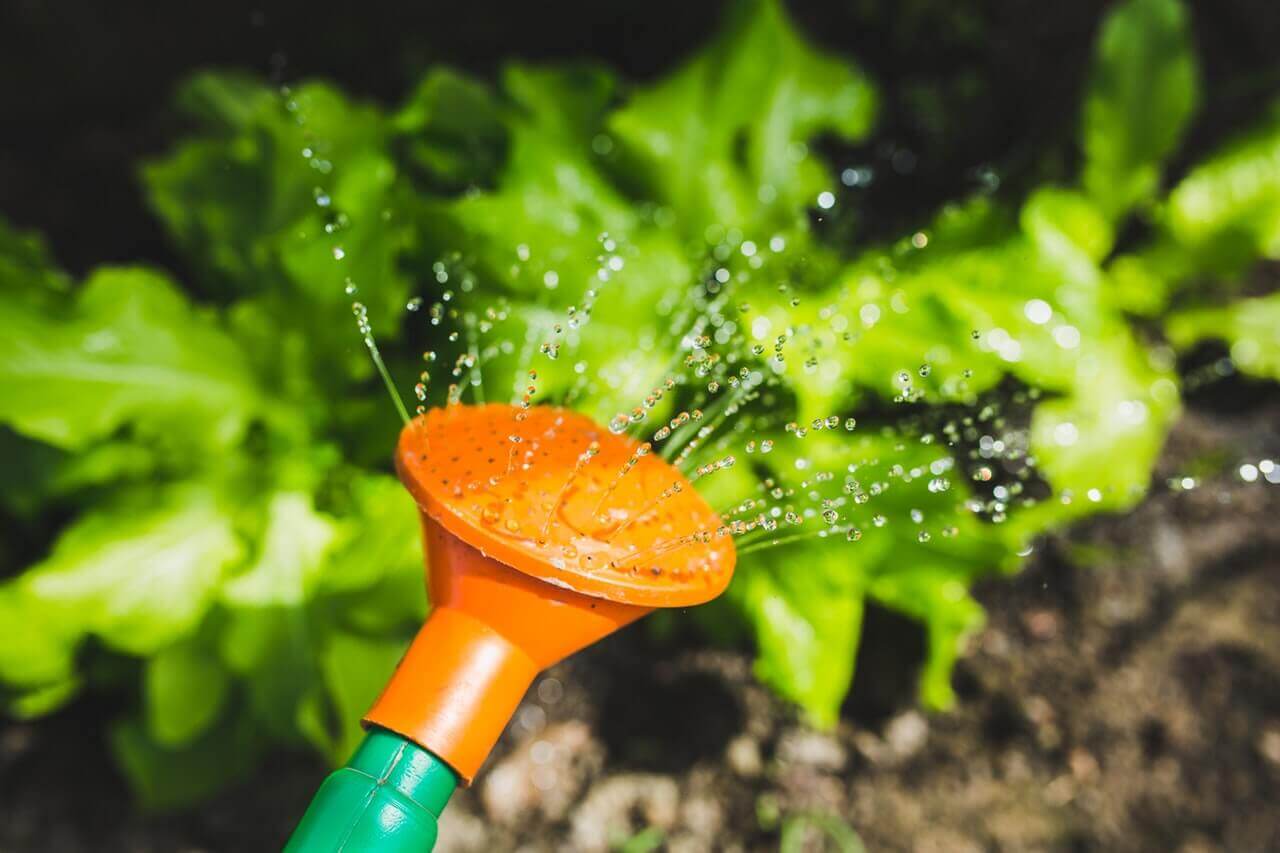
Tip #18
Most garden plants that grow in-ground thrive best with 1 to 2 inches of water every week. If you don’t experience constant rainfall, you should water deeply once a week as opposed to lightly watering on a daily basis. Watering every single day, even if done lightly will only moisten the top layer of soil and cause the roots of your plants to move there instead of growing deeper.
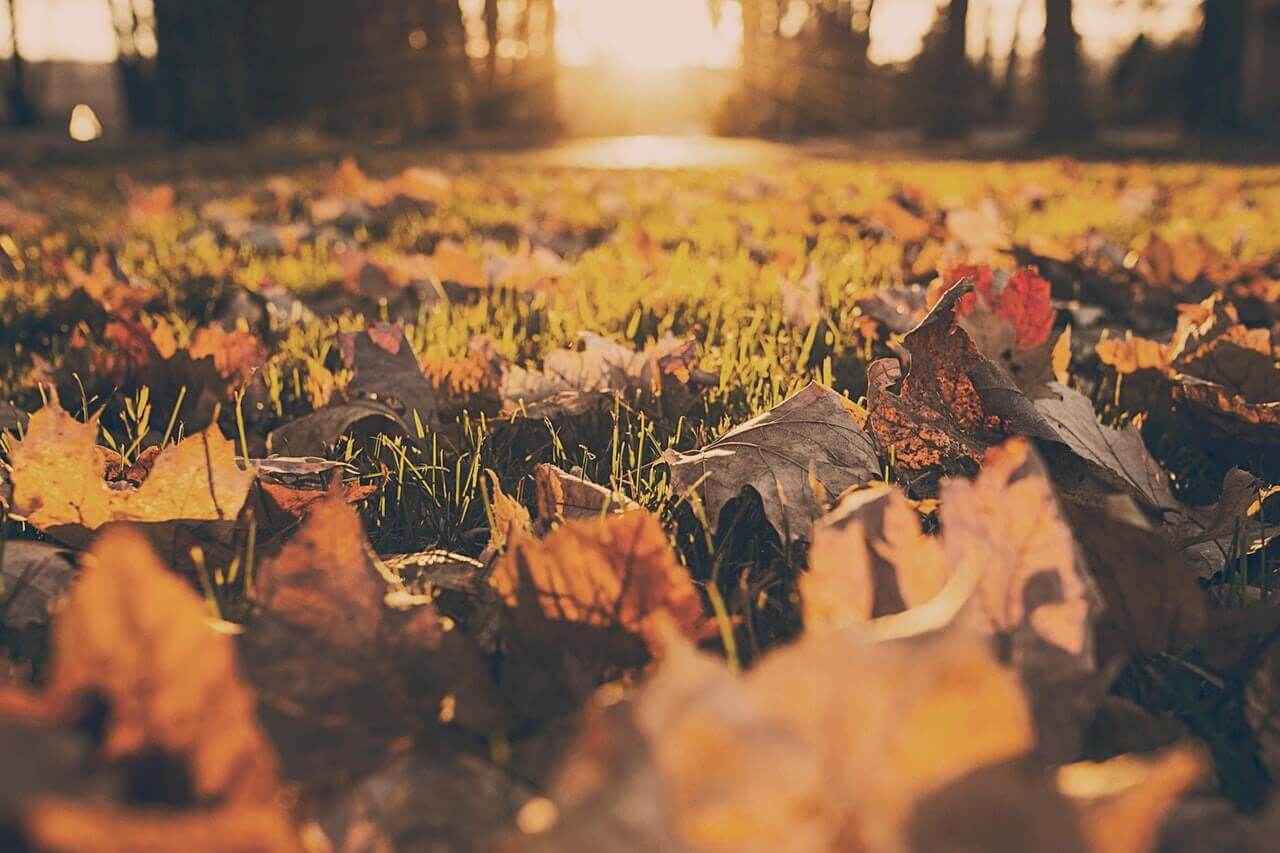
Tip #19
The next time your yard is covered in leaves during fall, don’t hire your neighbor’s son to bag them up and drag them away. You can use fallen leaves as ingredients for compost. Pulverized leaves provide fantastic nourishment for your yard!
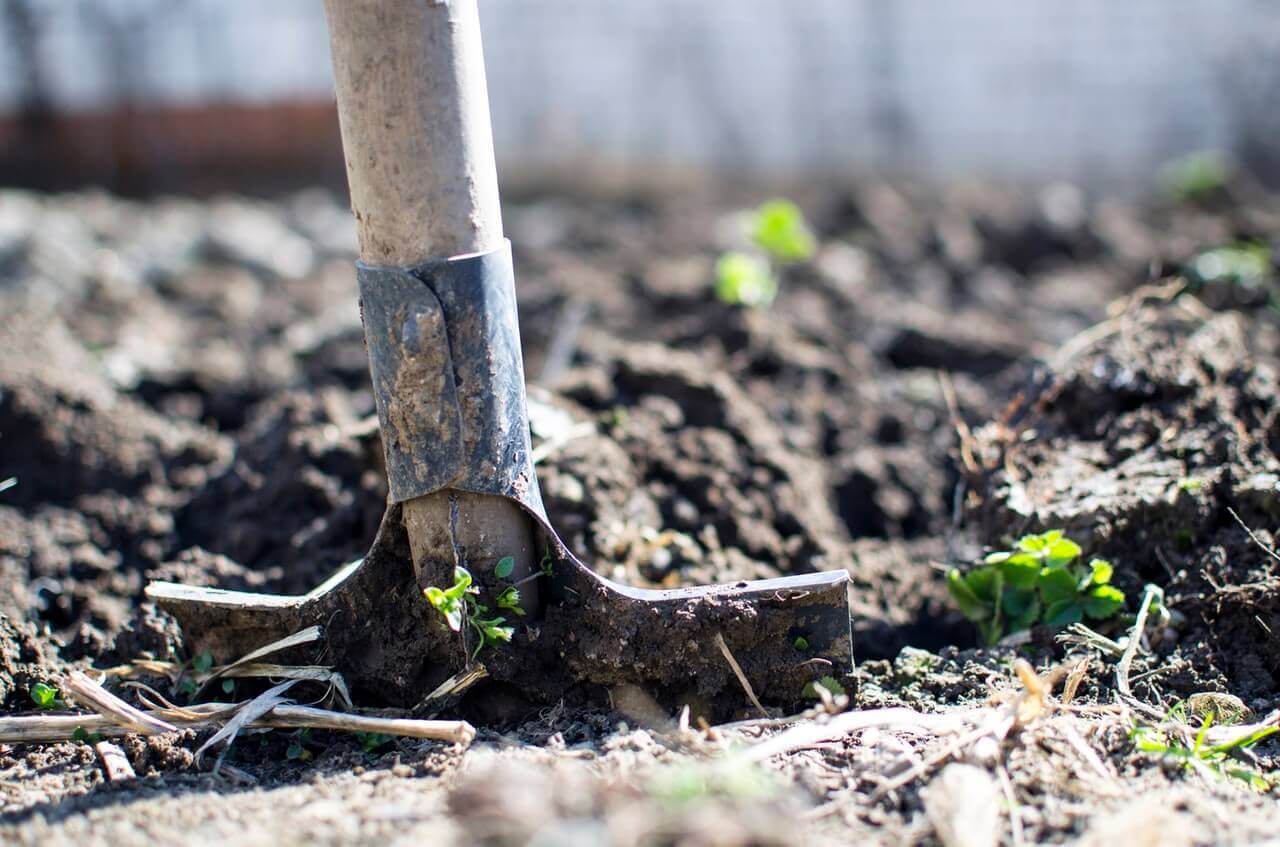
Tip #20
It’s never a good idea to dig or plant in wet soil. Though the soil may seem easier to work and manage, you may potentially end up damaging the soil structure. Just wait until the soil is crumbly and can’t be formed into a ball in your hand. It doesn’t have to be bone-dry, but you don’t want it to be soaking wet either. Try to find a middle ground before tilling or digging in the soil once again.
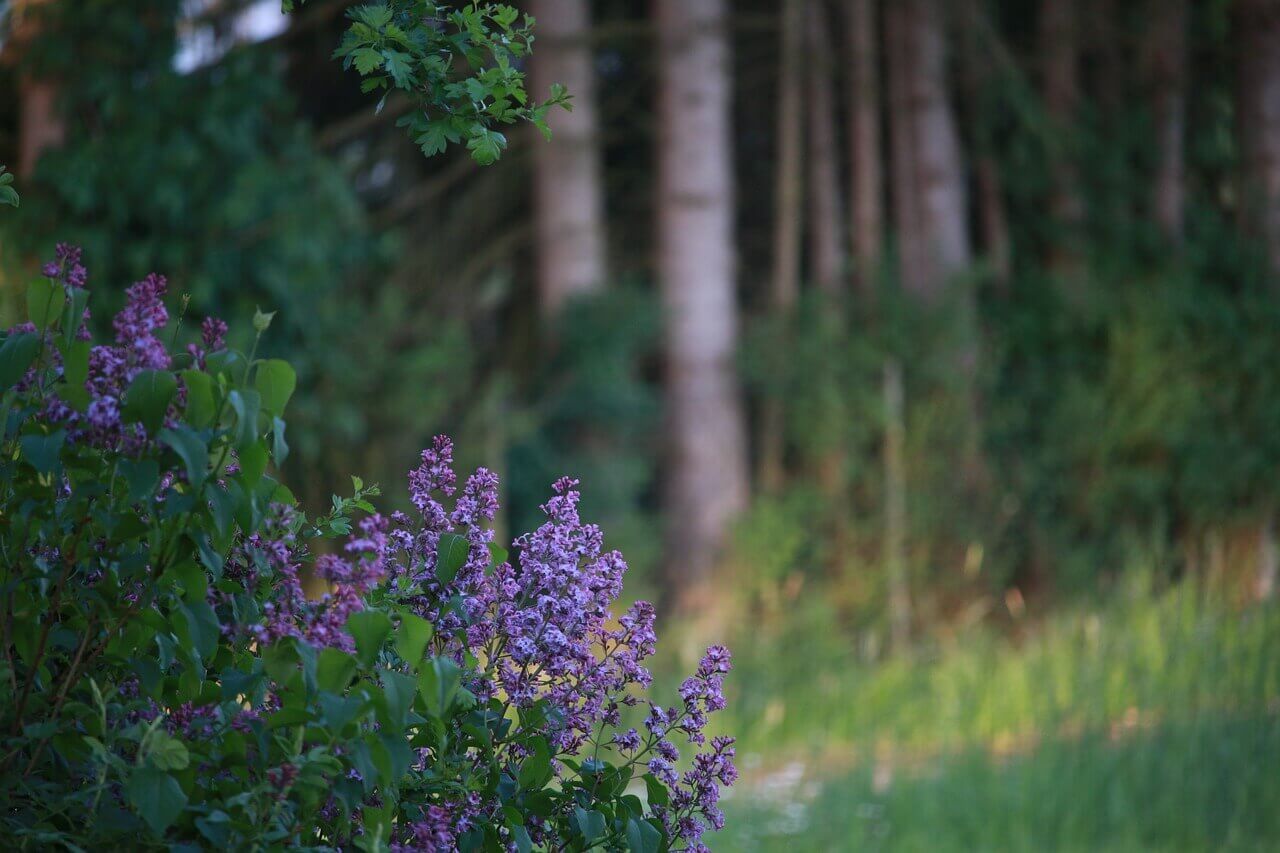
Tip #21
You should prune spring-flowering shrubs, such as lilacs, and large-flower climbing roses as soon as the blooms fade. They set their flower buds in autumn on last year’s growth. If you end up pruning spring-flowering shrubs and larger flower climbing roses in fall or winter, you’ll remove next spring’s flower buds.



